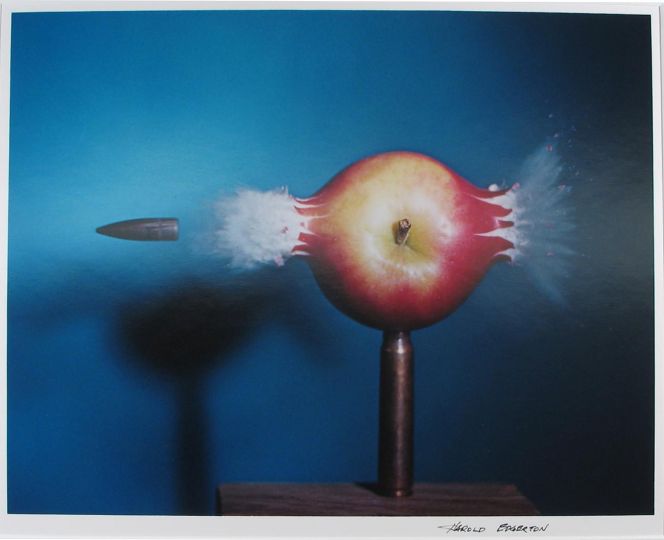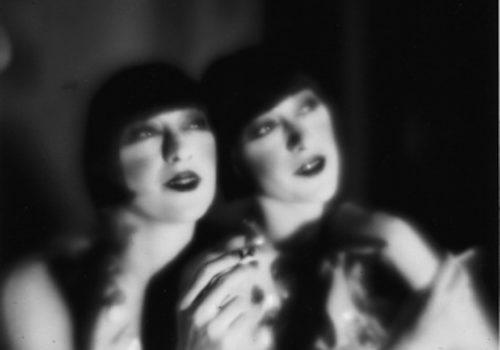If you do a search for ”Chris Boot” on the internet you´ll get 80.200 hits on Google. The first link will lead you to Chris Boot Ltd – the London based publishing company Boot set up in 2001. Chris Boot Ltd published many acclaimed photo books, ranging from contemporary titles that push the boundaries of the medium, to books that provide a fresh perspective on the history of photography.
A bit further down in the result list you will find out that Boot was appointed the executive director of Aperture Foundation in January 2011.
In the same search result there is another link to Chris Boot, the freelance drummer in Brighton and to the Dr Martens Chris 6-Eye Boot in golden brown summer suede but that´s something else…
In Arles Chris Boot is one of the four nominators for this year’s Discovery Award. He has selected three artists who all work with photography in new and unorthodox ways:
Christopher Clary, a multidiciplinary artist who uses appropriated as well as his own photography to confront issues of sexuality and masculinity. At the core of his work is a collection of over 1,500 images of men downloaded from different sex and social network websites. In his installation in Arles you´ll find a presentation of his porn photographs,as thumbnails printed on wallpaper, images blown up on canvases and stocked in groups as JPG windows, and his own series of photographs of men who undress before him.
”Take a photograph of your head inside a freezer. Upload the photograph to the internet. Tag the file 241543903. If you search for this tag, only photos of heads in the freezers will appear.” This is a message typichal for David Horvitz because although making photographs is a central part of David Horvitz’s work—whether made by him or by others whom he prompts—they are the opposite of refined art objects. Rather, the pictures are like postcards, exchanges between him and his audience, souvenirs of his interventions in the world, of getting his audience to think like conceptual or performance artists, and play.
Penelope Umbrico’s typologies of everyday descriptive photographs, made in their thousands and posted online, are detached anthropological observations about people, things that matter to them, and their behaviour.”My work is as much a study of photography as it is photography” states Umbrico
La Lettre had a quick breakfast with Boots to see what he had to say about this years Arles festival and the state of photography for 2011 and the future.
Tell me about your selection for the Discovery Award.
I felt the three of them are all interesting in their own right, making very exciting installation work, and together I hope they have something to say about the nature of photography. I didn’t know about From Here On when I made my selection, and I wanted to choose artists who are making work in relation to social media. I think the production and distribution of images online is changing everything about the environment of photography so I thought this was an interesting theme to explore.
Part of the crowd in Arles is questioning the new directions of photography manifested in exhibitions like From Here On, Foam’s What´s Next? and your nominations for the Discovery Award. What do you say about this?
I have been coming to Arles for about 25 years and it always had a tradition of showing new things. This is the right place for considering the state of the art, and the influences that are having a bearing on it. One interesting conversation I had about ‘From Here On’ is that really its a summary of what a lot of different artists and collectors have been doing over recent years with images found online, a survey show of what has been going on in the recent past rather than a manifesto for what’s will go on in the future. The field of photography is changing fast and furiously, I don’t think anyone knows what will happen in the future. We don’t even have a precise definition of what photography is any more. Arles is a good place to consider such questions, but it does not mean that we don’t place value on ‘straight’ photography, or the great photographers of the past.
I have a feeling that there is alot of collecting and research going on. But there is not so many conclusions?
Well there might not be a conclusion, it´s more about consider what´s happening in photography, and being able to have a good understanding of what’s happening in the field.
Earlier I heard you talked about breaking barriers…
The traditional hierarchies of producer and consumer are no longer appliable. Everybody is a photographer. Everybody has access to means of distribution. Everyone has a voice. This has consequences for the institution and the artist, between the artist and the audience. Photography has a great tradition of democracy so it should be able to deal with this!
This is what you going to do at Aprerture?
Aperture was set up to be, in the words of its founders, ‘common ground for the advancement of photography’. The magazine was established to be a channel of dialogue about the medium, and the concerns of photographers, and a vehicle to promote knowledge and ideas. And that’s how I see its role today. We are at the heart of the photo community in New York, and we have a role as part of that community to enable photographers and professionals and all the fans of photography to navigate what’s going on in the field – of course in terms of work we present but also in terms of working as a meeting place for all the different constituents of the field. We have for a while been a meeting place, an events space, but I would like to develop that. We will continue to publish our quarterly magazine, and make books, and we want to continue to select artists who we think are exciting, like Penelope Umbrico, to present. But we also have an obligation to the history of the medium too, to photographers like Strand, and Arbus. Like any institution that has history, its part of our job to bring this to bear on what is happening now.
















